Introducing Invertebrates to the Aquarium
Because of the diverse physiology of invertebrates, optimum methods of introducing them into the aquarium vary among different types of creature. Some invertebrates, such as most corals, can simply be acclimated to aquarium temperature by floating the shipping bag in the tank for 20 minutes or so and then placing the coral straight into the aquarium. Some enthusiasts advocate an even more radical approach, which is to take the coral straight from the shipping bag and place it into the tank with no equilibration. Surprisingly enough, this seems to work well in most cases, and it has the advantage of getting the coral out of the shipping water (often full of mucus and waste products) quickly.
In contrast, many crustaceans, mollusks, and echinoderms are very sensitive to changes in salinity, and so require a slow acclimation method when being added to the aquarium. A good method to use is to transfer the new creature and its shipping water to a container, then set up a slow siphon using a narrow-bore pipe (such as airline tubing) to add the tank water, using a clamp or valve to control the flow. Allow tank water to drip into the container such that it takes about an hour to add a volume equal to the shipping water, continue for another 90 minutes or so, then transfer the animal to the aquarium. Alternatively, you can add small amounts of water every few minutes, aiming to achieve roughly the same rate of water addition. Although this is a time-consuming process, it should ensure your new acquisitions get off to a good start in your aquarium.
Stocking Levels for Invertebrates
Unlike fishes, for which it is both critical and relatively straightforward to determine how many can be kept in a given aquarium, establishing how many invertebrates a tank will hold is both more complicated and, in a sense, less important. Sessile invertebrates, such as corals and clams, place very little biological load on the aquarium system; indeed, clams in particular can take up nitrogenous wastes from the water, acting as biological filters in themselves. Limits to the numbers of sessile invertebrates are dictated more by the available space to fit them in than by rules based on the volume of the aquarium. In the wild, corals compete with each other for space on the reef and use an arsenal of different weapons to overcome their neighbors. Many soft corals produce toxic substances that inhibit the growth of other species, particularly stony corals. These substances can accumulate in aquarium water to the same effect, making it difficult to grow some stony coral species in aquariums that are stocked with soft corals such as Sarcophyton and Sinularia species.
Skimming and chemical filtration can help eliminate these toxic substances, but it can be difficult to maintain certain mixes of corals within the aquarium. These types of soft corals can be kept at high densities, however, as they do not harm each other. The same is also true of many other soft corals, most zoanthids, and mushroom anemones (although some of the latter do appear to be capable of stinging neighboring organisms).
Two specific types of invertebrates that may be subject to issues with population levels in the aquarium are snails and small hermit crabs. Both are usually stocked in order to control the growth of algae, and you can find many recommendations for keeping large numbers of them for this purpose. Recommendations of one snail or crab per gallon of tank capacity were very common a few years ago, although they’re less often seen now. If too many snails are added to the aquarium, they will rapidly deplete supplies of the algae that they eat (some are quite fussy in this respect), then most of them will starve to death. The best approach when stocking snails is to add a small number at first, observe their effects on the algae in the tank, and cautiously add more if there is still enough algae to support them. It’s also important to stock snails of an appropriate size for the aquarium. While Astraea species tend to stay small, and so can be kept even in nano tanks, others, such as Trochus and Tectus species, can get quite large and need a lot of algae to sustain them.
Small hermit crabs eat a wider range of foods and are less likely than snails to starve if there are too many specimens for the available supply of algae. They may, however, be more likely to fight under these circumstances and may indulge in other bad behaviors, such as pulling snails out of their shells (sometimes the snails get eaten, but sometimes the crabs are only interested in the shells). Hungry hermits may also start eating other potential foods, sometimes damaging corals in the process. As with snails, it’s best to exercise caution when stocking hermits, but if you do find yourself with a large population and not enough algae to go around, providing a supply of suitable shells and keeping the crabs well fed can help to prevent problems.
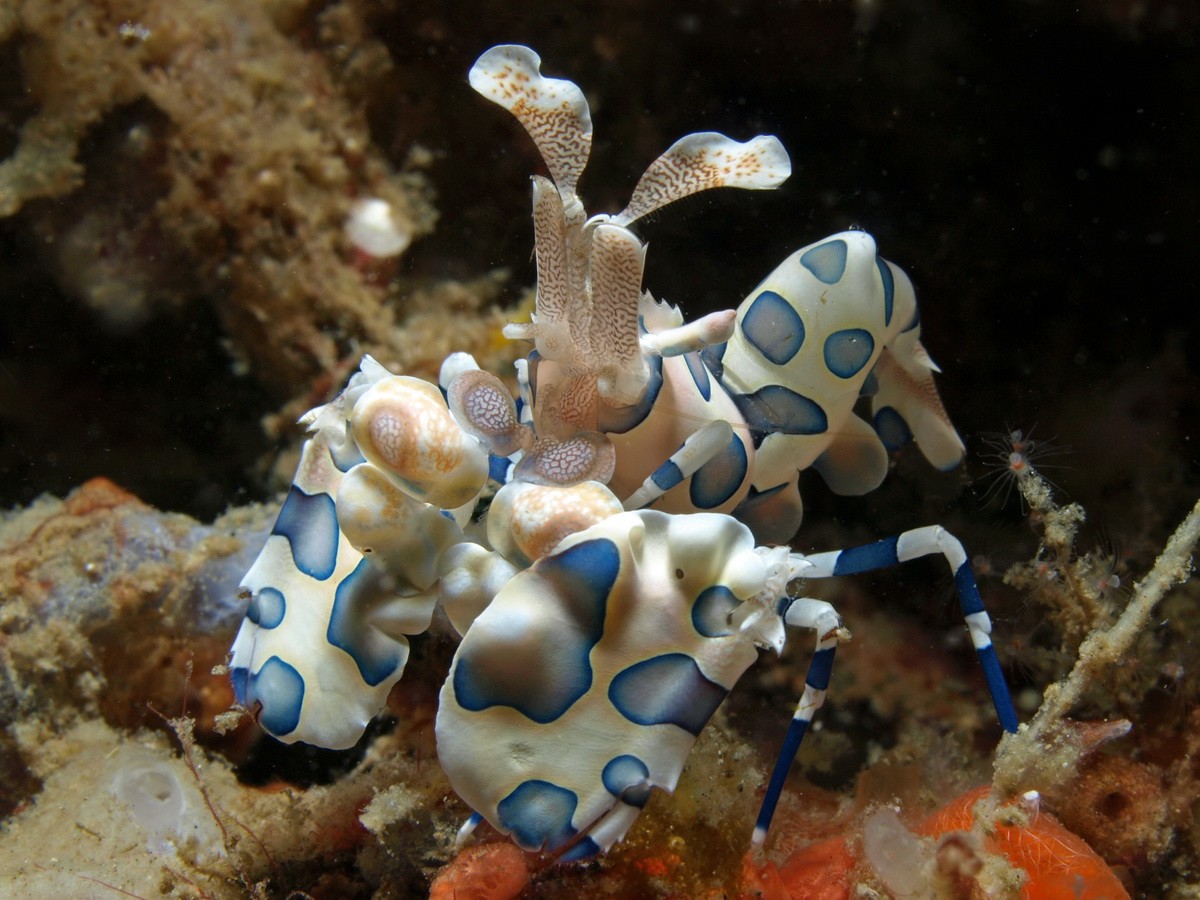




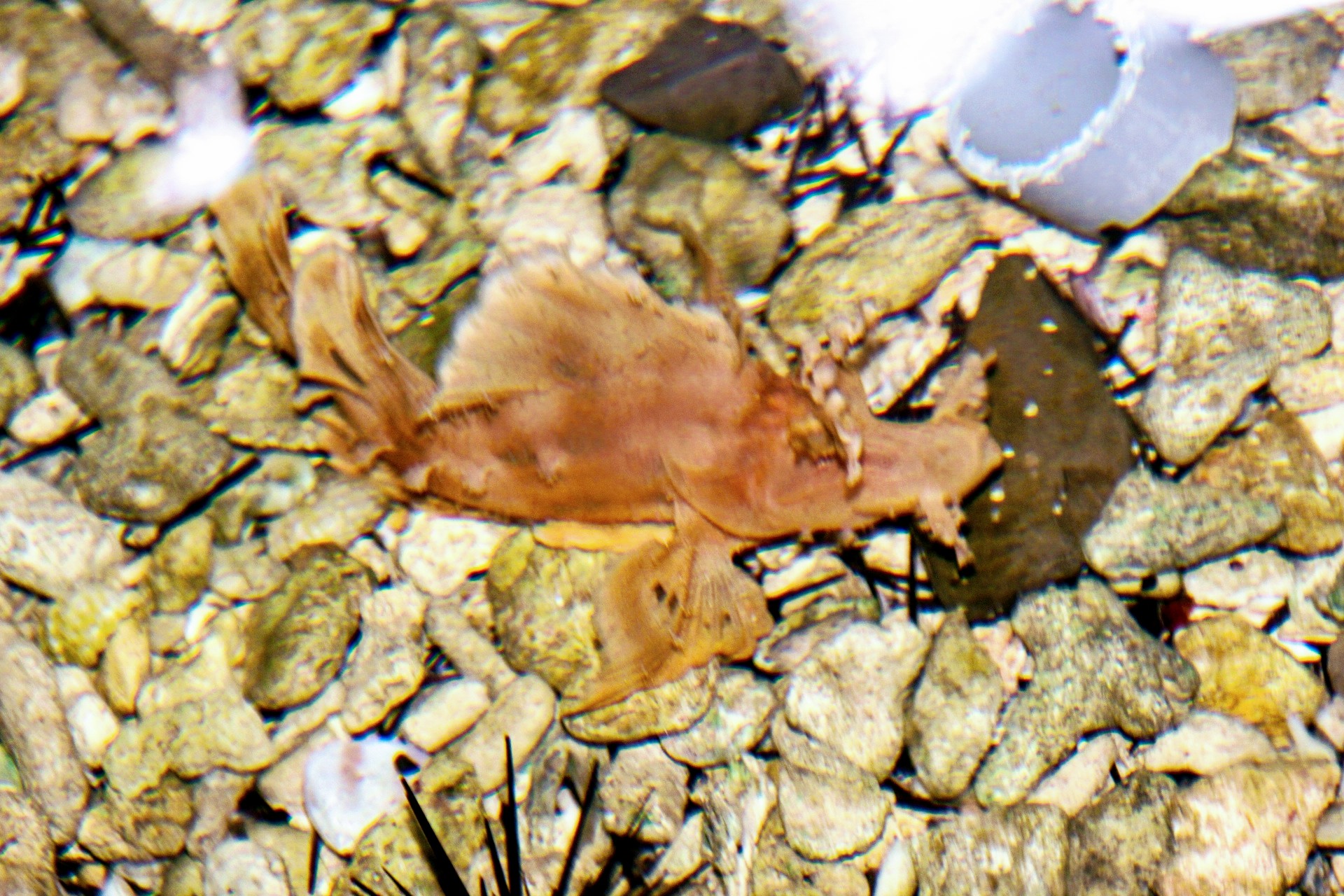
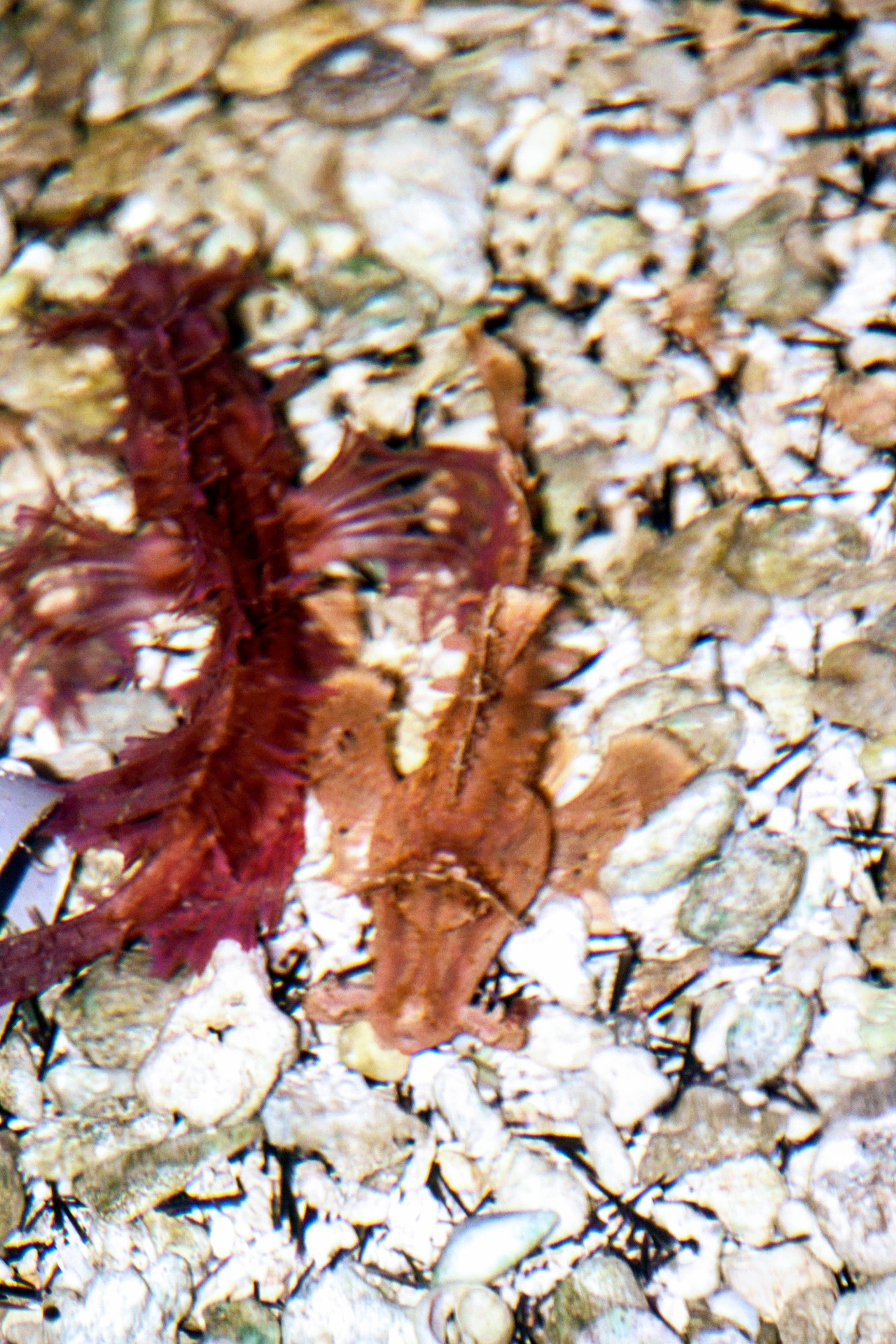
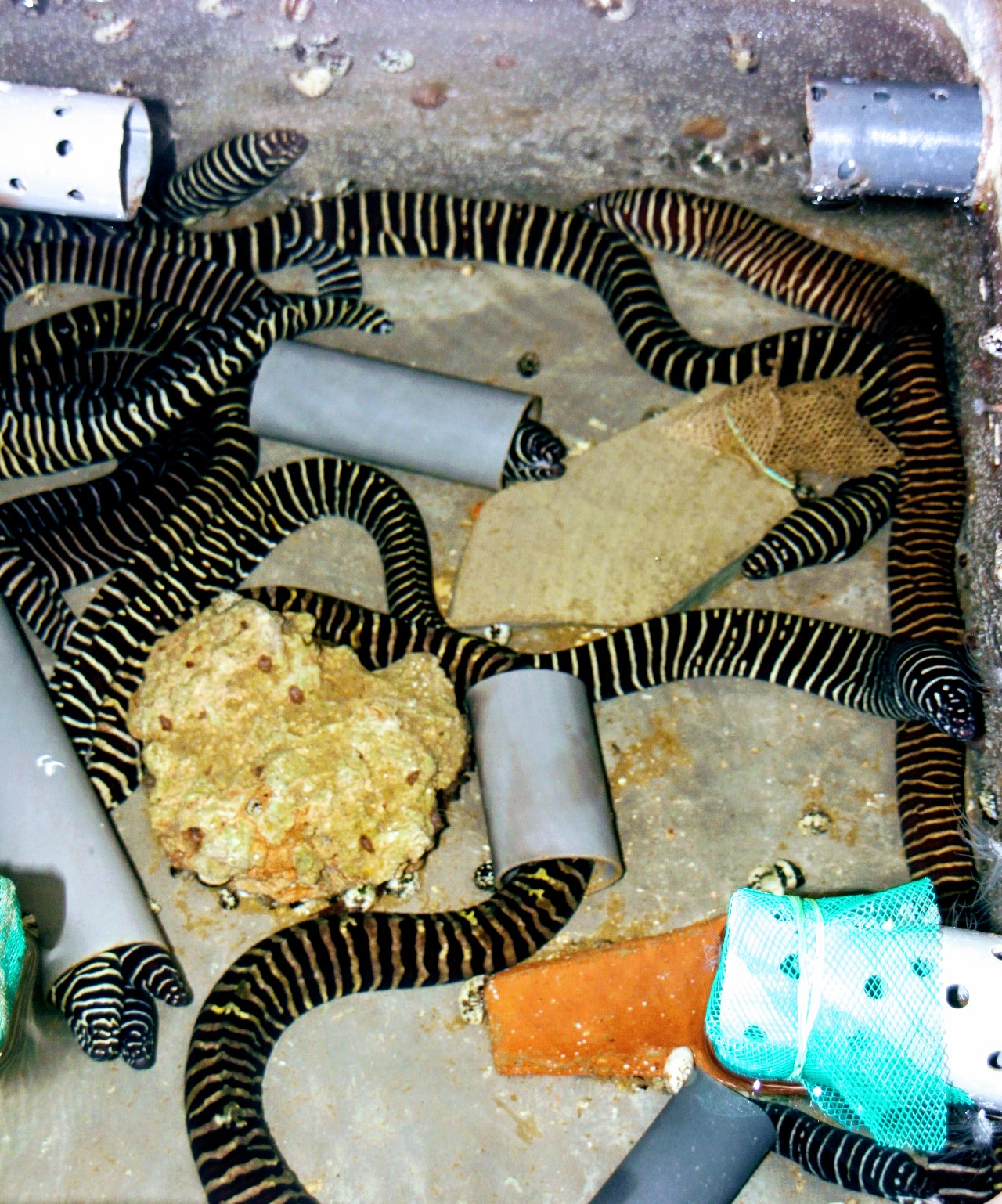
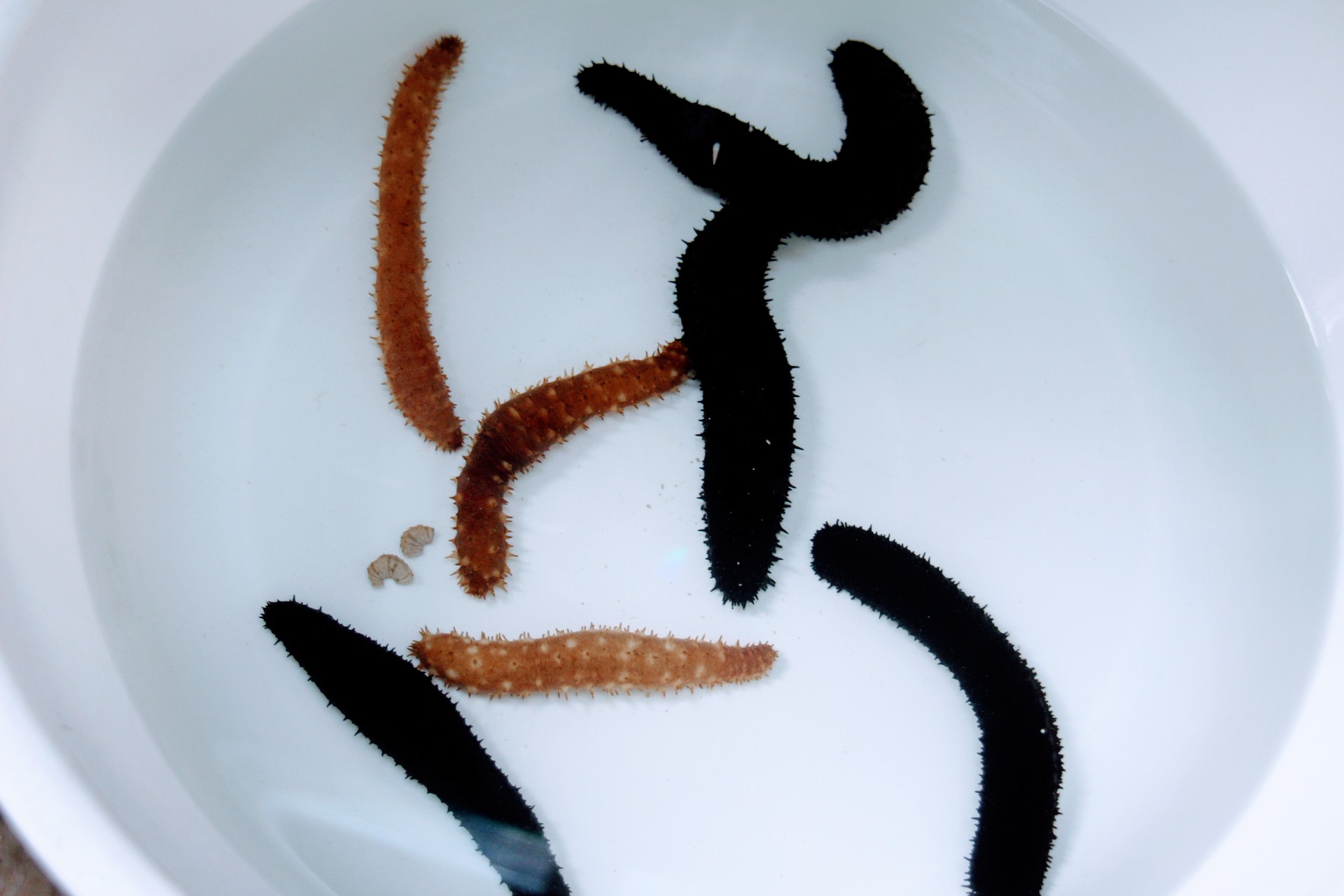


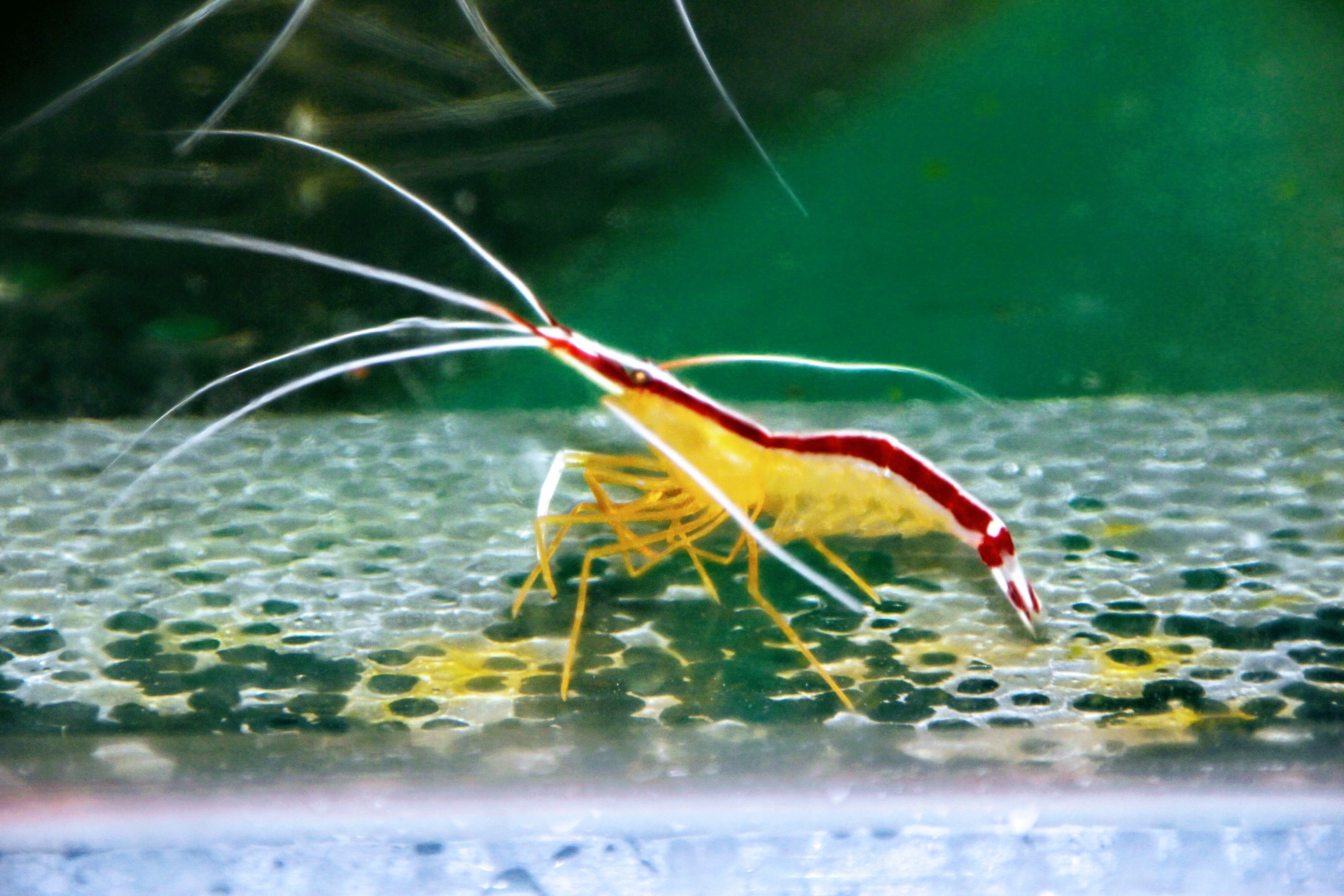
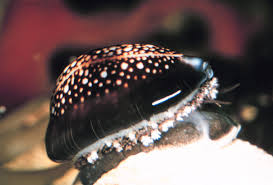
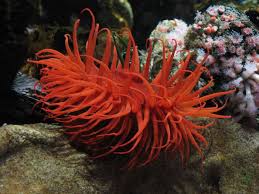
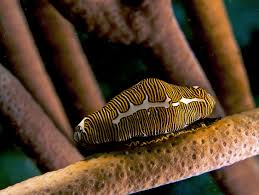
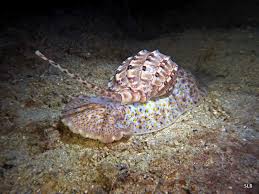
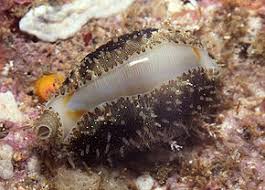
To get a collection of our exciting list of invertebrates send your orders to: info@africanaquaticsexport.com / sales@africanaquaticsexport.com
Published by:
Nelson Amimo
Marketing Mnager-African Aquatics Export

Add a Comment
You must be logged in to post a comment